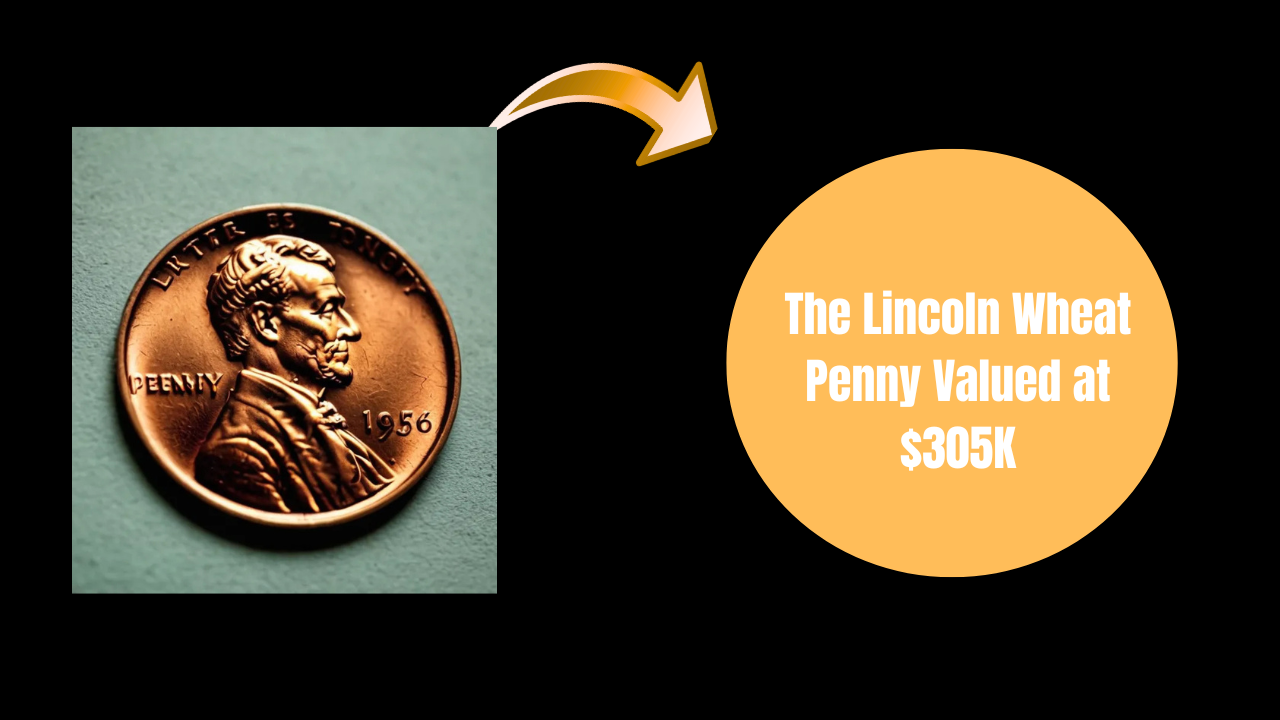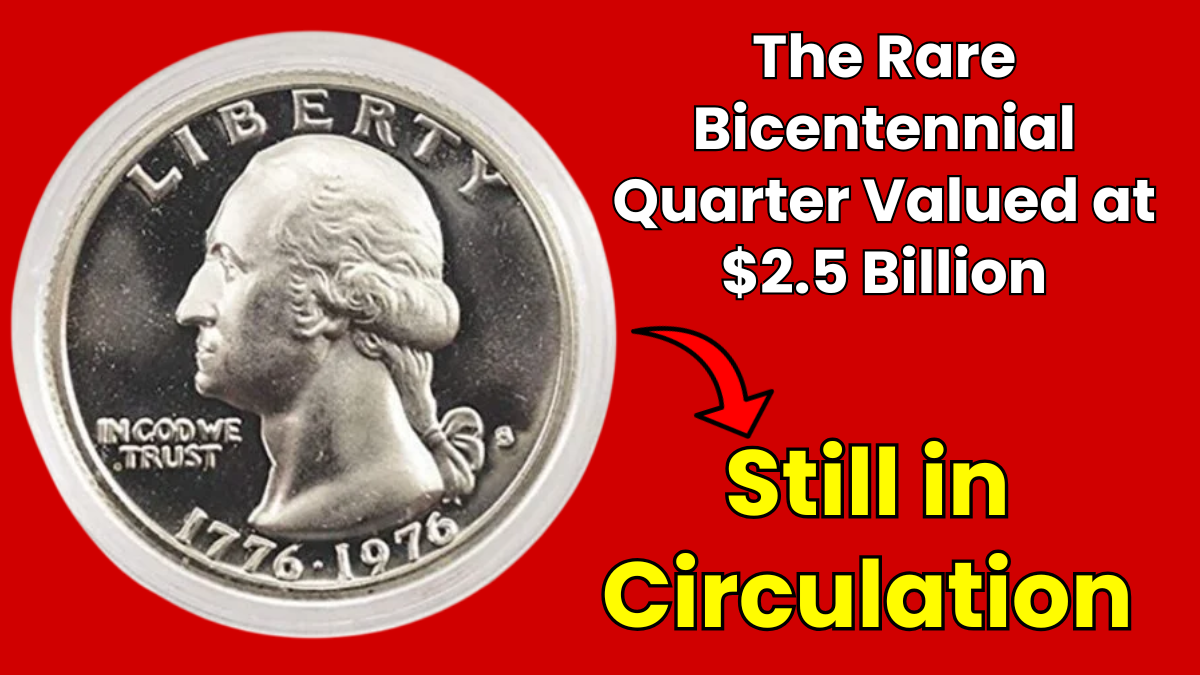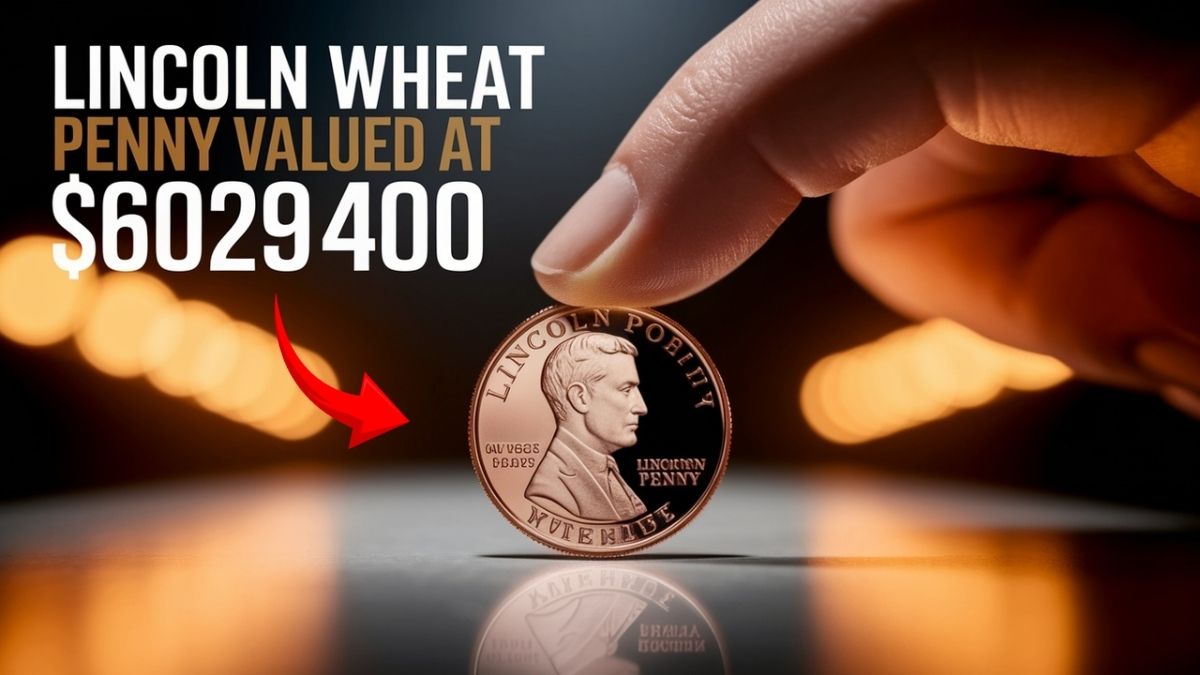The Lincoln Wheat Penny had easily been in American pockets for around fifty years, and it might appear that treasure cannot be obtained from it. But in the strange and exciting world of coin-collecting, these little copper pieces can sometimes achieve astonishing values, one instance of a specimen selling for even more than $305,000. This kind of revelation has people going through their spare coins thinking that a small fortune could be waiting among their pennies. Although finding a coin of such high value is nothing but extremely rare, there is still a chance some of those treasures might go unnoticed, circulating in ordinary transactions, waiting for the nimble eyes of some observer.
Born from American History
The Lincoln Wheat Penny story began in 1909 when the country marked the 100th anniversary of Abraham Lincoln’s birth; this was such a deviation from all coinage in the United States, being the first time that a likeness of a president appeared on a regularly circulating coin of what is now America. The penny, designed by sculptor Victor D. Brenner, presented Lincoln’s dignified visage on the obverse and two wheat stalks framing the words “ONE CENT” on the reverse. This legendary window would continue to 1958 when the wheat stalks would be replaced by the Lincoln Memorial. Thus, for almost 50 years, billions of these pennies circulated, making it the most recognizable American coin of the 20th century.
How War Created Rare Treasures
Of course, most of the Lincoln Wheat Pennies were conceived amid and through the scorching battles of World War II. In 1943, because of the war, copper was taken from prestigious production, and coined steel pennies coated with zinc were made by the U.S. Mint. But during the shifting process, at least a couple of 1942 copper blanks stuck in the presses were accidentally struck with 1943 dies. The outcome of such unusual accidents is among the rarest in American numismatics and among the most valuable coins. Such scarcity makes collector prices reach more than $300,000 in superb condition. The 1943 copper penny is so rare that only about 20 are known to exist across all three mints (Philadelphia, Denver, and San Francisco). Their extreme scarcity combined with their historical significance is an explanation as to why they can command prices of more than $300,000 in very good condition.
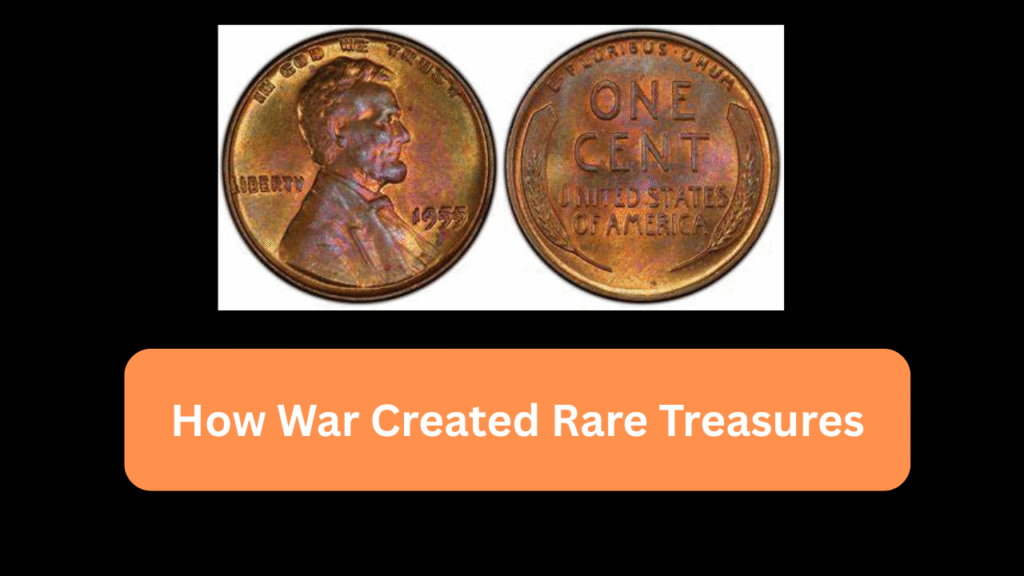
Just about half a century, these pennies found their way easily into American pockets, and it might seem that treasure could not possibly be. But in the strange and exciting world of coin-collecting, these small copper pieces sometimes even achieve astonishing values, on one occasion with a specimen selling for over $305,000. This has had everyone suddenly going through their spare coins, wondering if they might have a small fortune among their pennies. Although finding such a valuable coin is extremely rare, the possibility exists that some of these treasures might still be circulating unnoticed through everyday transactions, waiting to be found by a sharp-eyed observer.
Born from American History
Lincoln Wheat Penny stories began in 1909 when the country celebrated the 100th anniversary of Abraham Lincoln’s birth; this was such a deviation from all coinage in the United States, as it was the first time a likeness of a president appeared on a regularly circulating coin from this country. First designed by the sculptor Victor D. Brenner, the penny presented Lincoln’s dignified visage on the obverse and two wheat stalks framing the words “ONE CENT” on the reverse side. That legacy would continue until 1958 until the wheat stalks were replaced by the Lincoln Memorial. For almost 50 years, billions of these pennies proved to be the most recognizable American coin of the 20th century.
How War Created Rare Treasures
Indeed, many of those Lincoln Wheat Pennies were born and bred under or within the searing environments and battles of World War II. In 1943, because of the war, copper left its prestigious production, and coined steel pennies coated with zinc were made by the U.S. Mint. But during the shifting process, at least a couple of 1942 copper blanks stuck in the presses were accidentally struck with 1943 dies. The consequence of such odd accidents is arguably the rarest in American numismatics and among the most valuable coins. The scarcity by which they hold accounts for prices well over $300,000 in near-perfect condition. The 1943 copper penny is so rare that only about twenty or so exist across all three mints (Philadelphia, Denver, and San Francisco). Their extreme scarcity combined with their historical significance is an explanation as to why they can command prices of more than $300,000 in very good condition.
Penny Value Understanding
Whether a Lincoln Wheat Penny is worth face value or some small fortune is dependent on several factors. Rarity is the most important factor; the less of them there are, the more are the willing collectors to pay to acquire one. Since they were a few, the key dates such as 1909-S VDB (with the designer’s initials), 1914-D, and 1922 “No D” are very much in demand.
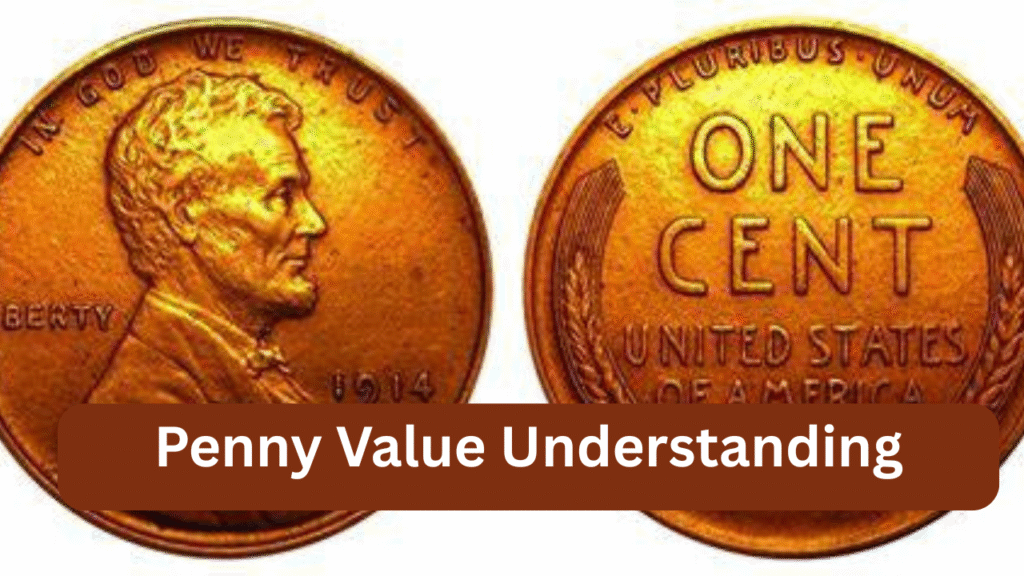
Mistakes of the minting type also create enormous value, with one example being the 1955 Double Die penny with its signature doubling of the date and lettering, which can sell for tens of thousands of dollars in excellent condition. The item considered the second condition plays an equally paramount role; uncirculated ones sell for much higher than their worn-down counterparts.
Crucial Importance of Preservation
Condition is the alpha and omega of the numismatic world. Numismatists speak in terms of coins ranging from Poor (P-1 grade) to Perfect Mint State (MS-70 grade) based on their preservation characteristics. A Lincoln Wheat Penny that escaped circulation, thus retaining its original mint luster and showing no signs of wear, can be worth hundreds or even thousands times more than an otherwise identical penny that was heavily circulated. Price/value can vary greatly based on even minute differences in these states. That’s why it is almost impossible anywhere nowadays to just spot a specimen worthwhile in someone’s pocket change-however not entirely impossible-the major ones have been kept in collections for several decades.
Identification of Valuable Specimens
When searching for a potential treasure in Lincoln Wheat Pennies, focus on some specific characteristics. First, check the date; Coins dated 1909, 1914, 1922, 1931, and 1943 (especially copper ones) are particularly sought after.
Next, look for the mint mark, which appears as a small letter below the date. The absence of a mint mark means the coin was struck in Philadelphia; “D” stands for Denver; and “S” indicates San Francisco; For pennies dated 1943, magnetism is one quick way to determine authenticity-the ordinary steel ones will stick to the magnet while the rare copper ones will not. The examination of a coin under a magnifying instrument may bring to light extremely valuable imperfections such as double dies or repunched mint marks.
The Thrill of the Hunt
Though the years have passed, valuable Lincoln Wheat Pennies still appear from unexpected places. Old collections from relatives or some forgotten coin jars in attics and even rolls of pennies from banks sometimes reveal surprising treasures. In 2019, a family from Massachusetts found an authenticated 1943 bronze penny that had been part of their father’s collection and later sold for over $200,000 as an astonishing find; however, such events are far too rare for the sheer excitement that keeps many collectors with their eyes glued to the change and scouring penny rolls. It is the thrill of this discovery that evokes the treasure hunt sensation in people who collect mint pennies-potentially obscuring incredible value in something as commonplace as a penny-another extraordinary aspect of collecting few hobbies can challenge or rival.
More Than Monetary Value
They grab the headlines with their potential worth in money, but Lincoln Wheat Pennies came to mean more than just their potential to pay off. These coins are physical links to the history of America, passing through myriad hands at critical junctures in the twentieth century, from the hands of those people who lived through the Great Depression to those that witnessed World War II and the beginning of the Cold War.
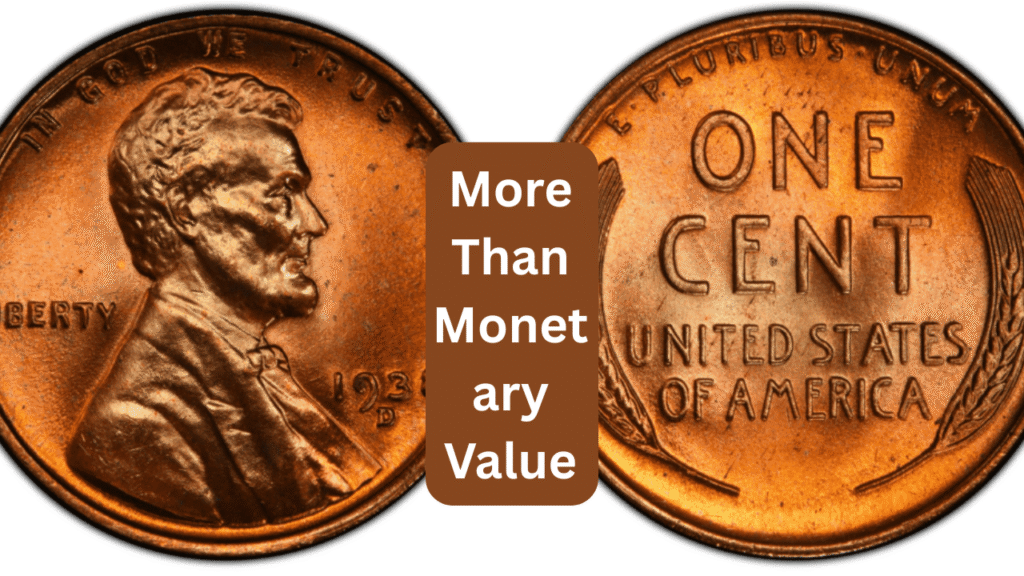
The steel pennies of 1943 remain, in most people’s minds, a material vestige of the total mobilization of America in wartime, an occasion when even the composition of the humblest penny changed in the effort to go to war. This, for many collectors, is far more value than any price tag could convey, and thus, penny-collecting, whether or not the cash value is there, makes for very interesting artifacts of ordinary life in America.
Collecting As a Great Hobby
One of the most easy ways to get into Numismatic pursuits is to collect Lincoln Wheat Pennies. A wheat penny collection does not need much seed money; it can start from coins found in circulation or brought over by relatives. Most collectors begin by collecting a date-and-mint set-first getting one penny issued in each year and mint, and focusing on the harder-to-find varieties later. The hobby teaches about American history, economics, manufacturing processes, and developing skills like patience and attention to detail. Whether for profit or for the mere enjoyment of it, collecting wheat pennies connects anyone who has shaped their senses to a rich tradition of Numismatics that have been shared by generations of Americans.
FAQs:
What makes the Lincoln Wheat Penny worth $305,000?
The Lincoln Wheat Penny valued at $305,000 is typically a rare variety, such as an early mint error, a rare date (like the 1909-S VDB or 1943 copper penny), or one in exceptional mint condition. These rare factors significantly boost its value among collectors.
How can I tell if my Lincoln Wheat Penny is valuable?
Check the date, mint mark, and condition. Key dates like 1909-S VDB, 1914-D, and 1943 copper pennies are highly valuable. Also, look for errors such as double die strikes or off-center minting. Having the coin appraised by a professional can confirm its worth.
Are Lincoln Wheat Pennies still found in everyday change?
Yes, although it’s rare, Lincoln Wheat Pennies do occasionally turn up in circulation. They were minted from 1909 to 1958, and many were hoarded or forgotten in jars and drawers, making it possible for them to resurface.
Where can I sell a rare Lincoln Wheat Penny if I find one?
You can sell a rare Lincoln Wheat Penny at coin shows, through reputable coin dealers, online auction sites like eBay, or at specialized numismatic auctions. Always have the coin authenticated and graded to get the best value.
